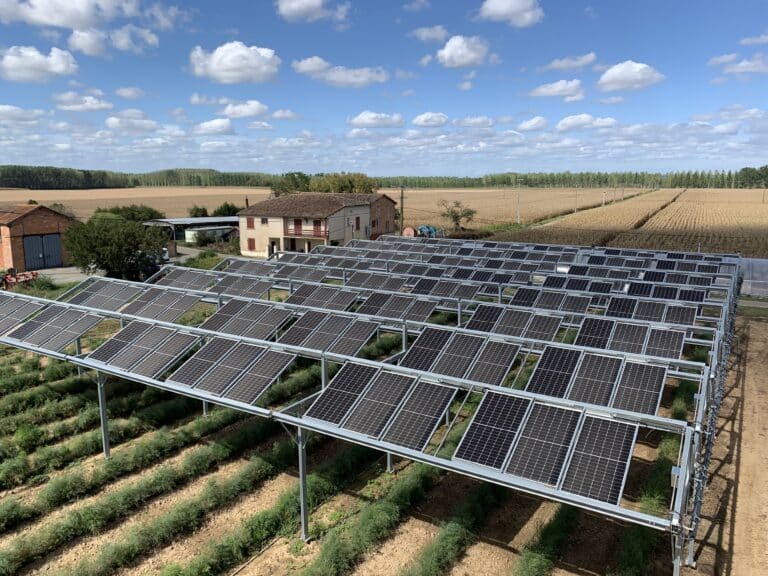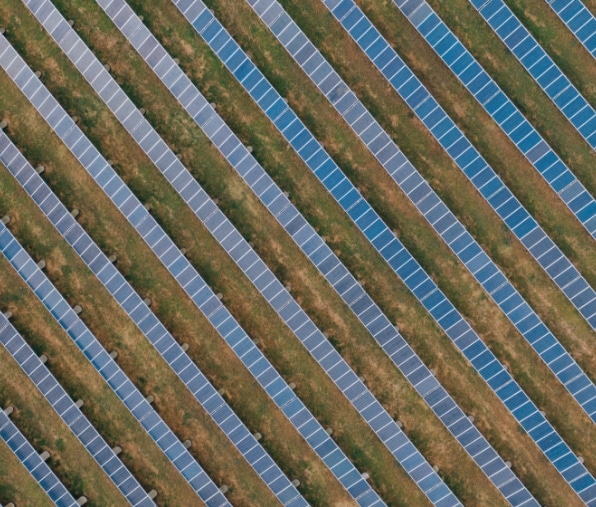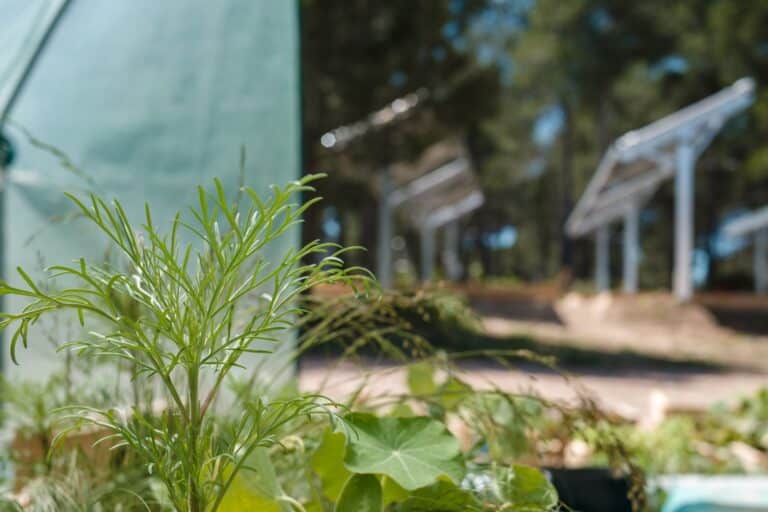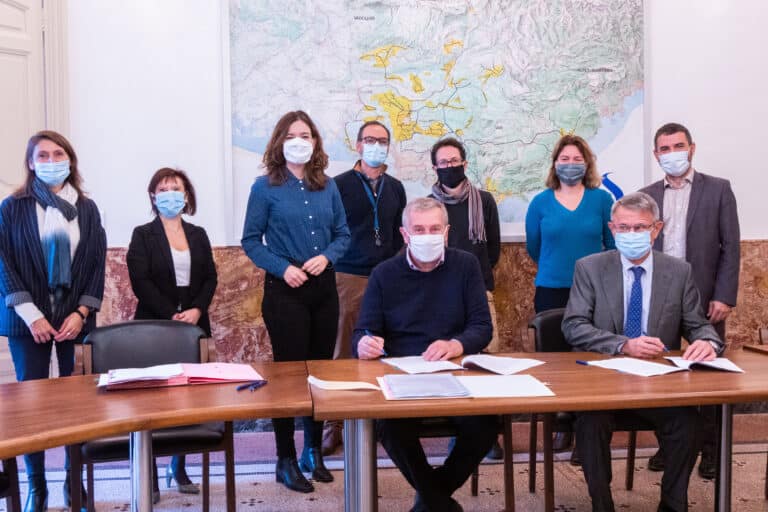One of the agrivoltaic protected by Ombrea is right in the middle of a Natura 2000 site! Find out more about this special agrivoltaic site.
Natura 2000 site: what are we talking about?
A Natura 2000 site is a natural area (on land or in the sea) designed to ensure the long-term survival of particularly threatened species and habitats with high conservation value in Europe. It is one of the fundamental tools of European policy in terms of biodiversity preservation.
At the heart of the "Natura 2000 Crau" site and the preservation of its biodiversity
The "Natura 2000 Crau" site is located in the south of France, next to the Camargue, and covers thousands of hectares. Its climate is hot and dry, and it is one of the last steppes in Europe (large, uncultivated plains covered with fat grass). Its flora and fauna are uniquely adapted to this climate, which is unique in Europe. The area is home to hay meadows, market gardening and arboriculture.
Its avifauna is not to be outdone, making it one of Europe's most important sites to preserve. To name but a few of the remarkable species that breed in this part of the Crau: the Calandrelle Lark, the Jay Cuckoo, the Hoopoe and the Little Owl. It is also a wintering and stopover site for many other species. It is the preservation of this rich flora and fauna that is at stake in the implementation of environmentally-friendly and biodiversity-friendly agriculture in this area (Source: Inventaire Nationale du Patrimoine Naturel).
Focus on the agrivoltaïque in Saint-Martin-de-Crau
Saint-Martin-de-Crau is a town in the Bouches-du-Rhône department. Crops are diversified. The main crops are Crau hay, olives and fruit trees, market gardening and sheep and bull breeding. The region has been hard hit by climate change.
The agrivoltaic project concerned here is a plot of nectarine trees (late variety) planted in 2020. The orchard, measuring 6 x 3 meters, has already been harvested once (late July/early August 2023). The problems facing nectarines are manifold:
- Frost is present in January, with a risk of late frost until the end of February.
- Drought periods with rainfall of less than 30 mm per month occur from March to April and from June to September.
- May to September are hot months, particularly June to August, when average air temperatures sometimes exceed 35°C.
The challenges inherent in our agrivoltaic project were clearly defined around the issues raised by the farmer, while taking into account its location in a Natura 2000 site. We therefore took these agricultural and environmental aspects into account to design a suitable project, aware that its implementation would not be without obstacles.
The challenges of an agrivoltaic project in a Natura 2000 site
We are proud to have completed the construction of an agrivoltaic site, in collaboration with Société du Canal de Provence, which complies with all Natura 2000 site recommendations. These include
- During the construction phase, only existing roads and accesses to the agricultural plot were used, with no disturbance to the surrounding area.
- The foundations of the structure above the nectarine orchard are concrete-free, do not contribute to soil artificialisation and are totally reversible.
- The work was carried out according to an ecological timetable and outside the activity and breeding periods of the avifauna present (all the birds present).
- The movement of the solar panels generates no noise, and the project requires no artificial light sources.
The protection of the surrounding biodiversity is a central point integrated into the design and conception of our agrivoltaic projects. In protected areas such as the Crau plain, the challenges are numerous. Because we follow a rigorous set of guidelines for all our projects (even those outside Natura 2000 sites), agrivoltaics and biodiversity protection always go hand in hand.













